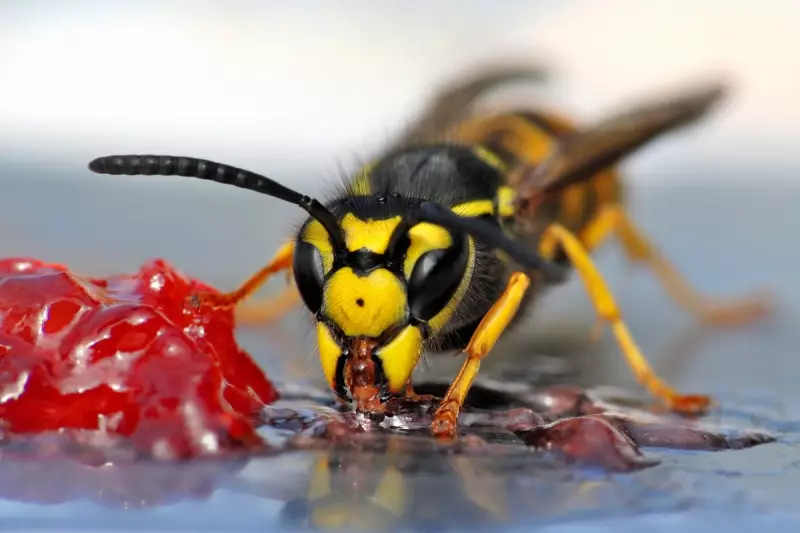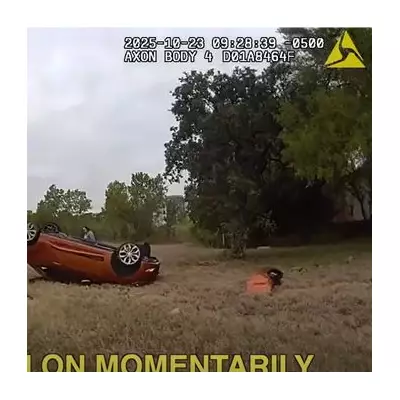
Getting stung by a wasp can be a painful and alarming experience, especially during the warmer months when these insects are most active. While most stings cause only temporary discomfort, knowing how to respond quickly can minimise pain and prevent complications.
Immediate Steps After a Wasp Sting
If you've been stung by a wasp, follow these steps:
- Move to safety - Quickly leave the area to avoid additional stings
- Remove the stinger - Unlike bees, wasps don't usually leave stingers, but check the area
- Clean the wound - Wash with soap and water to prevent infection
- Apply a cold compress - Use ice wrapped in cloth to reduce swelling
- Take pain relief - Over-the-counter medications can help with discomfort
Recognising Allergic Reactions
While most people experience only localised symptoms, some may develop dangerous allergic reactions. Watch for these warning signs:
- Difficulty breathing or swallowing
- Swelling of the face, lips or throat
- Dizziness or fainting
- Rapid heartbeat
- Nausea or vomiting
If any of these symptoms appear, seek immediate medical attention as this could indicate anaphylaxis, a life-threatening condition.
Home Remedies for Mild Reactions
For normal reactions, try these soothing treatments:
- Baking soda paste to neutralise venom
- Aloe vera gel to cool the skin
- Apple cider vinegar compress
- Over-the-counter hydrocortisone cream
- Oral antihistamines to reduce itching
When to See a Doctor
Consult a healthcare professional if:
- Symptoms worsen after 48 hours
- The sting area becomes increasingly red or swollen
- You develop signs of infection (pus, fever)
- You're stung in the mouth or throat
- You have multiple stings
Preventing Wasp Stings
Reduce your risk with these precautions:
- Avoid wearing bright colours or floral patterns outdoors
- Keep food and drinks covered when eating outside
- Stay calm and move slowly if a wasp approaches
- Seal bins tightly and remove potential nesting sites
- Consider carrying an epinephrine auto-injector if you have known allergies





